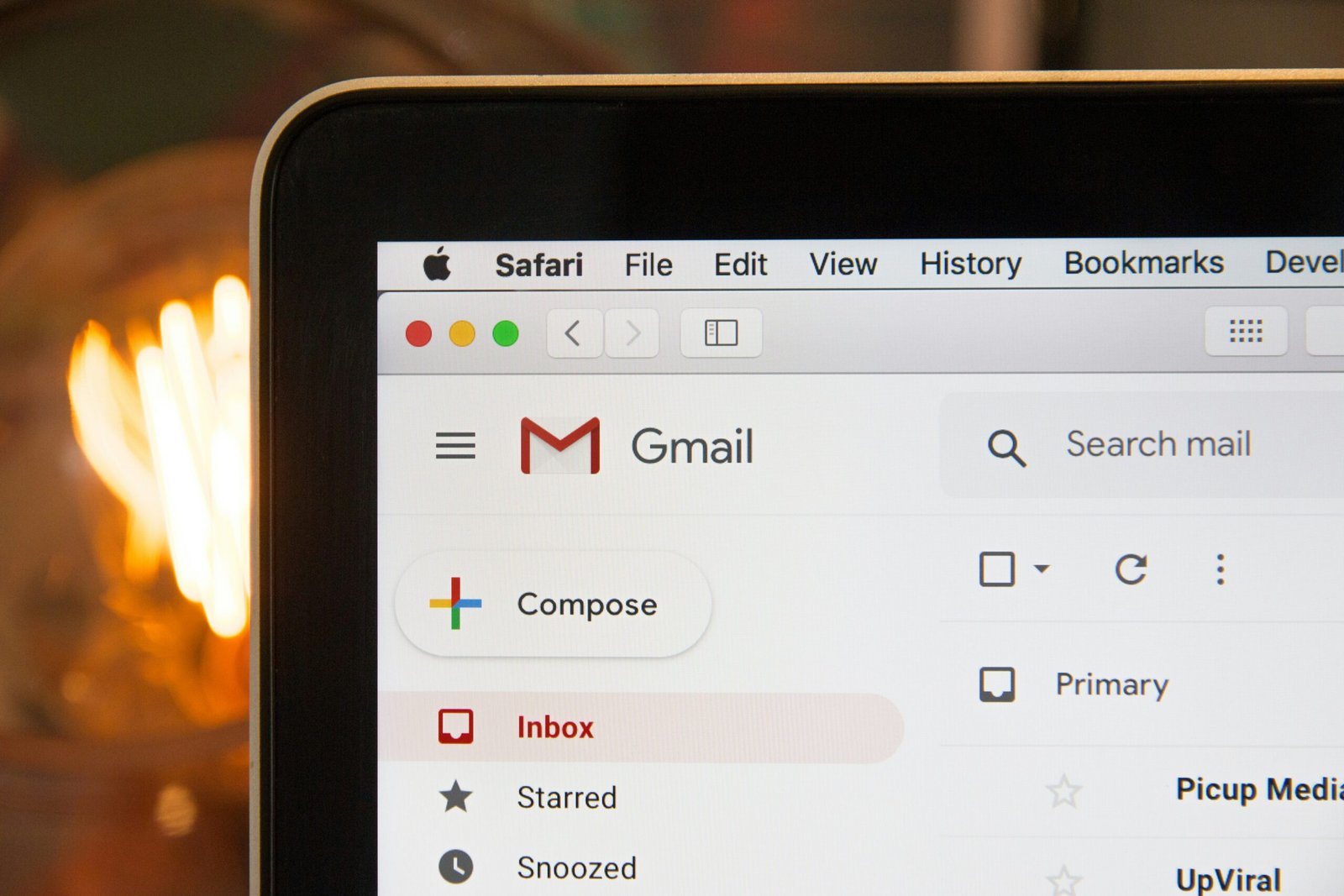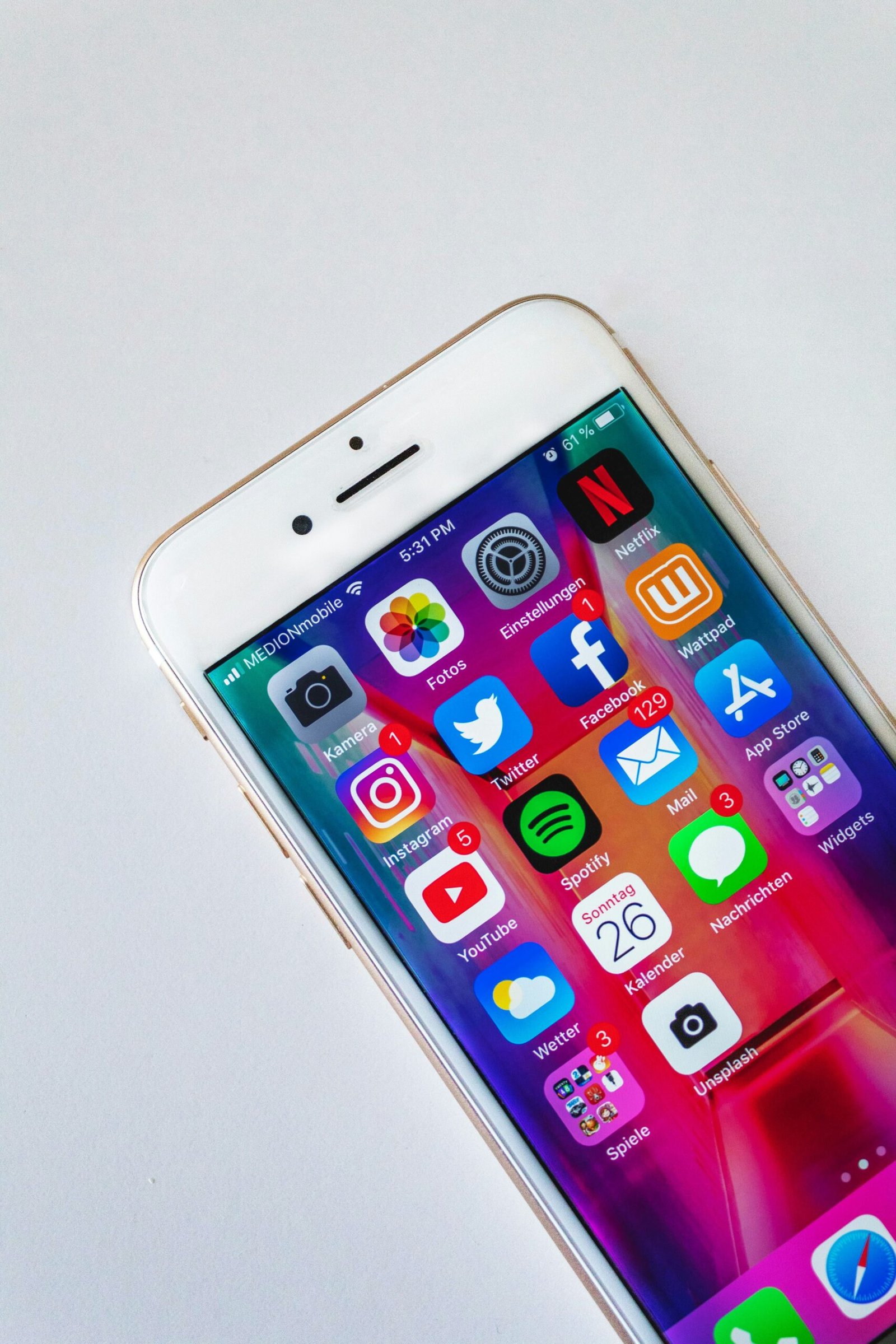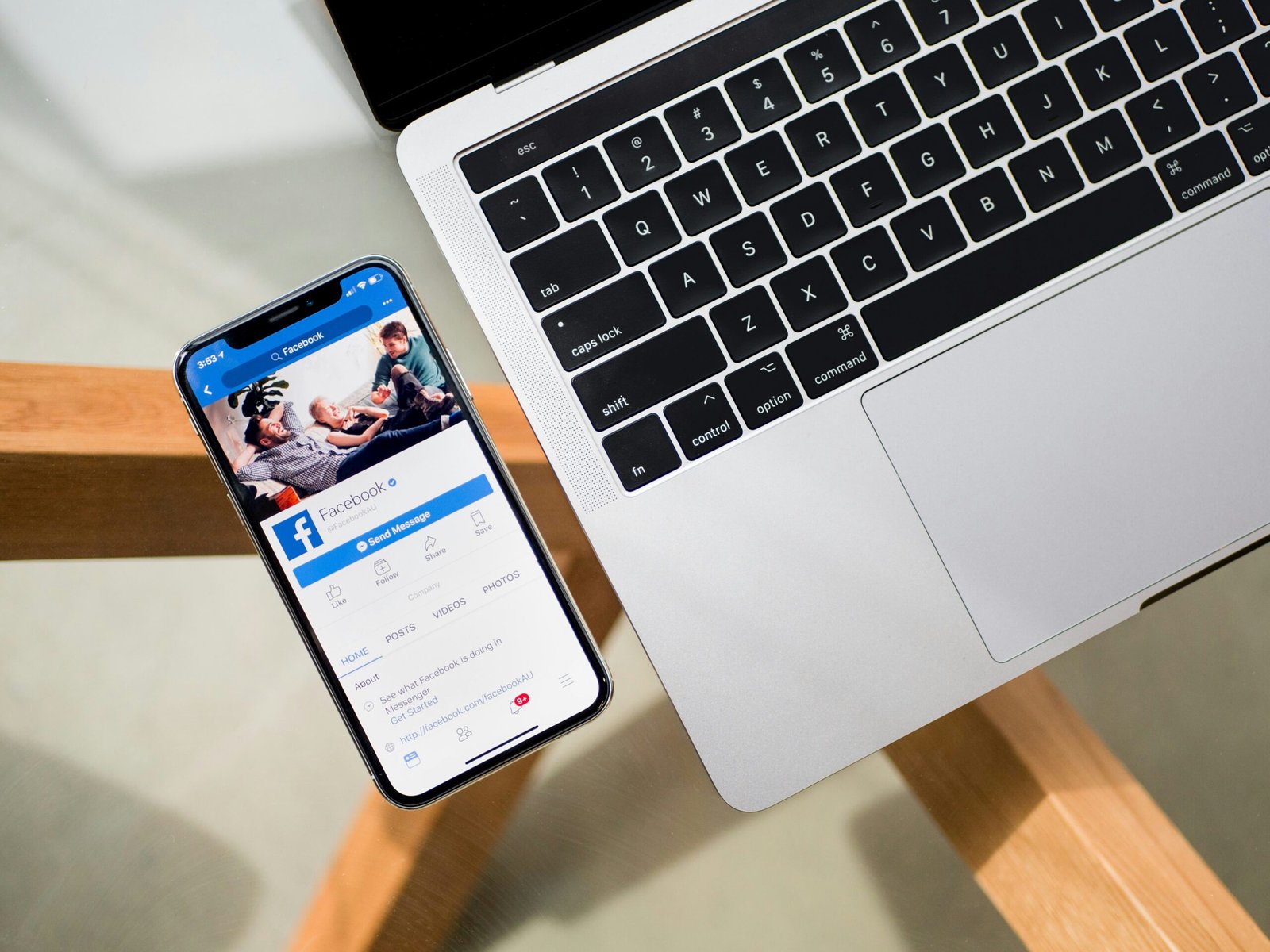Understanding the Importance of Welcome Emails in Professional Services
Welcome emails hold a vital role in the realm of professional services, serving as the initial point of contact between a business and its new client. This first touchpoint sets the tone for the entire customer journey, imbuing relations with a sense of professionalism and reliability from the outset. When crafted thoughtfully, welcome emails can evoke a positive psychological impact; first impressions are scientifically proven to significantly influence future interactions and perceptions. This psychological underpinning underscores the necessity of a well-executed welcome email strategy.
Statistical insights reinforce the efficacy of welcome emails in boosting engagement rates. According to a study by Experian, welcome emails boast an impressive open rate of nearly 57.8%, which is significantly higher than standard promotional emails. Furthermore, these emails generate, on average, four times more opens and five times more click-throughs. Such data highlights the enormous potential of welcome emails to captivate the recipients’ attention and propel them deeper into the customer engagement funnel.
Aligning the tone and content of welcome emails with the brand’s voice is paramount. A cohesive brand voice ensures that recipients can seamlessly connect the email experience with the company’s broader communication ethos, strengthening perceived consistency and trustworthiness. The initial message should not only inform but also resonate with the brand’s values and vision, making a substantial, lasting impression.
In professional services, where trust and credibility are fundamental, a compelling welcome email can act as a robust foundation for a flourishing client relationship. By attentively curating the content and presentation of welcome emails, businesses can leverage these communications to foster a positive initial experience, thereby augmenting engagement and driving sales. This strategic use of welcome emails is an indispensable component of any effective customer relations framework.
Key Elements of an Effective Welcome Email
Creating an effective welcome email for professional services requires a careful blend of several key components. These elements, when combined, not only make your emails engaging but also drive potential clients towards taking action. Understanding these elements and their significance can significantly enhance the impact of your welcome emails.
The first essential element is the personalized greeting. Addressing the recipient by their first name can create a sense of familiarity and personalize their experience. This minor detail can make your communication feel more engaging and less generic, which can improve the recipient’s perception of your service.
Next is a succinct yet warm introduction to the services offered. It’s important to immediately show what value your service can provide. A brief overview of what your company does and how it can address the recipient’s needs will capture their attention without overwhelming them with details. This introduction should focus on the key benefits and unique selling points of your services.
Highlighting the value proposition is another critical component. Clearly articulate why your service is the best choice and what sets you apart from competitors. Use compelling language to emphasize the unique benefits and outcomes they can expect by choosing your services. This not only educates the recipient but also builds confidence in what you offer.
A clear call to action (CTA) is necessary for guiding your recipients towards the next steps. Whether it’s scheduling a consultation, downloading a resource, or exploring your website, ensure that the CTA is prominent and easy to follow. This directs the reader on how to proceed, making it more likely they will engage with your services.
Integrating engaging visuals or multimedia can make your email more appealing and easier to digest. High-quality images, videos, or infographics related to your services can help break up text and maintain the reader’s interest. However, it’s crucial to strike a balance; overloading the email with multimedia can distract or slow down the loading time.
By thoughtfully incorporating these elements, each welcome email can effectively communicate your message, engage the recipient, and guide them towards taking action that ultimately benefits your professional services. Avoiding common pitfalls like overly lengthy introductions, vague CTAs, and cluttered designs will ensure your emails are not only read but also act upon.
Strategies to Boost Engagement through Welcome Emails
Effective welcome emails play a pivotal role in fostering engagement and driving sales for professional services. One primary strategy to boost engagement is segmenting the audience for personalized content. By categorizing subscribers based on variables such as industry, job role, or previous interactions, emails can be tailored to address specific needs, resulting in more meaningful connections.
Another crucial approach is leveraging A/B testing. By experimenting with different versions of email content and design, insights can be gathered about what resonates best with the audience. This ongoing optimization ensures that welcome emails are continually improving in effectiveness.
Automation is paramount for the timely delivery of welcome emails. Automated workflows allow for immediate engagement with new subscribers, ensuring the message is fresh in their minds and increasing the likelihood of interaction. With the right automation tools, it’s possible to send follow-up emails, schedule reminders, and create a consistent communication pipeline.
Encouraging customer interaction is equally important. Integrating surveys, feedback forms, and social media links within welcome emails invites recipients to share their opinions and engage with your brand on a deeper level. This not only provides valuable insights but also builds a community around your professional services.
Given the pervasive use of smartphones, mobile optimization cannot be overlooked. A welcome email that isn’t mobile-friendly risks being dismissed or worse, never opened. Ensuring that emails are easy to read and interact with on mobile devices enhances the user experience and keeps them engaged.
Lastly, maintaining a consistent follow-up routine is essential. Regularly scheduled emails that provide ongoing value keep your audience connected and interested in your services. Whether it’s providing updates, sharing insightful content, or offering exclusive deals, a steady communication flow helps in nurturing long-term relationships with your clients.
Driving Sales with Targeted Follow-Up Sequences
Following the initial welcome email, a carefully designed follow-up sequence is instrumental in converting engagement into sales. A sequence of well-timed emails can guide the customer journey, nurturing leads effectively. The primary objective is to cultivate a relationship, provide value, and ultimately drive sales.
Begin by educating your leads. Provide valuable content that addresses their needs and interests. This could include industry insights, how-to guides, or answers to frequently asked questions. These educational emails build authority and trust, positioning your services as essential resources.
Offering exclusive promotions or discounts in subsequent emails can create a compelling reason for potential customers to take action. Limited-time offers and exclusive deals foster a sense of urgency and reward engagement. Personalized promotions should align with the customer’s preferences and previous interactions with your platform.
The inclusion of case studies or testimonials in your email sequence plays a critical role in building credibility. Real-world examples of how your services have benefited others provide social proof and diminish skepticism. Highlighting tangible results achieved by previous clients reassures potential customers and nudges them towards making a purchase decision.
Tracking key metrics is imperative for gauging the effectiveness of your email sequences. Open rates, click-through rates, conversion rates, and customer feedback offer valuable insights. Analyzing these metrics allows for the continuous refinement of your strategy. Adjusting the timing, content, and frequency based on data ensures that your email campaigns remain relevant and effective.
In conclusion, a well-structured follow-up sequence turns initial interest into tangible sales. By offering educational content, exclusive promotions, and credible testimonials, while continuously refining your approach based on metric analysis, you can significantly enhance your engagement and sales performance in professional services.




